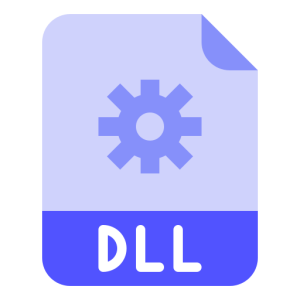Description
DLL Format is a dynamic link library (DLL) file format that is used in Windows operating systems to store shared library code and resources. DLL files contain functions, routines, and resources that can be accessed by multiple applications simultaneously, allowing for code reuse and improved efficiency.
The DLL format follows a specific structure and contains sections such as the header, code section, data section, and import/export tables. The header contains information about the DLL’s entry point, memory allocation, and version information. The code section includes the executable code of the DLL, and the data section stores global variables and constants. The import/export tables facilitate accessing functions and resources within the DLL.
Using the DLL format, developers can create modular and reusable code that can be shared among different applications. This promotes code efficiency, reduces duplication, and simplifies maintenance. DLLs can be loaded into memory dynamically by applications when needed, allowing for on-demand code execution and reducing memory usage.
Benefits of DLL Format
- Code Reusability: DLLs allow developers to create and share reusable code components among multiple applications, reducing development time and effort.
- Code Efficiency: By dynamically linking to DLLs, applications can load and execute code as needed, minimizing memory usage and improving performance.
- Improved Modularity: DLLs promote modular software design by encapsulating specific functionality and making it accessible to other applications.
- Easy Updates and Maintenance: Modifying a DLL file can update the functionality across multiple applications, simplifying maintenance and bug fixes.
Common Use Cases
The DLL format is used in various scenarios, including:
- Third-Party Libraries: Many third-party software libraries are distributed in DLL format, allowing developers to integrate their functionalities into their applications.
- Plugin Architecture: Applications that support plugins often use DLLs to dynamically load and extend their functionality without modifying the core application.
- Operating System Functionality: Windows itself relies on DLLs to provide essential system functions and resources that can be accessed by applications.
The DLL format provides a flexible and efficient way to share code and resources, enabling software developers to create powerful applications with reduced development time and improved maintainability.

